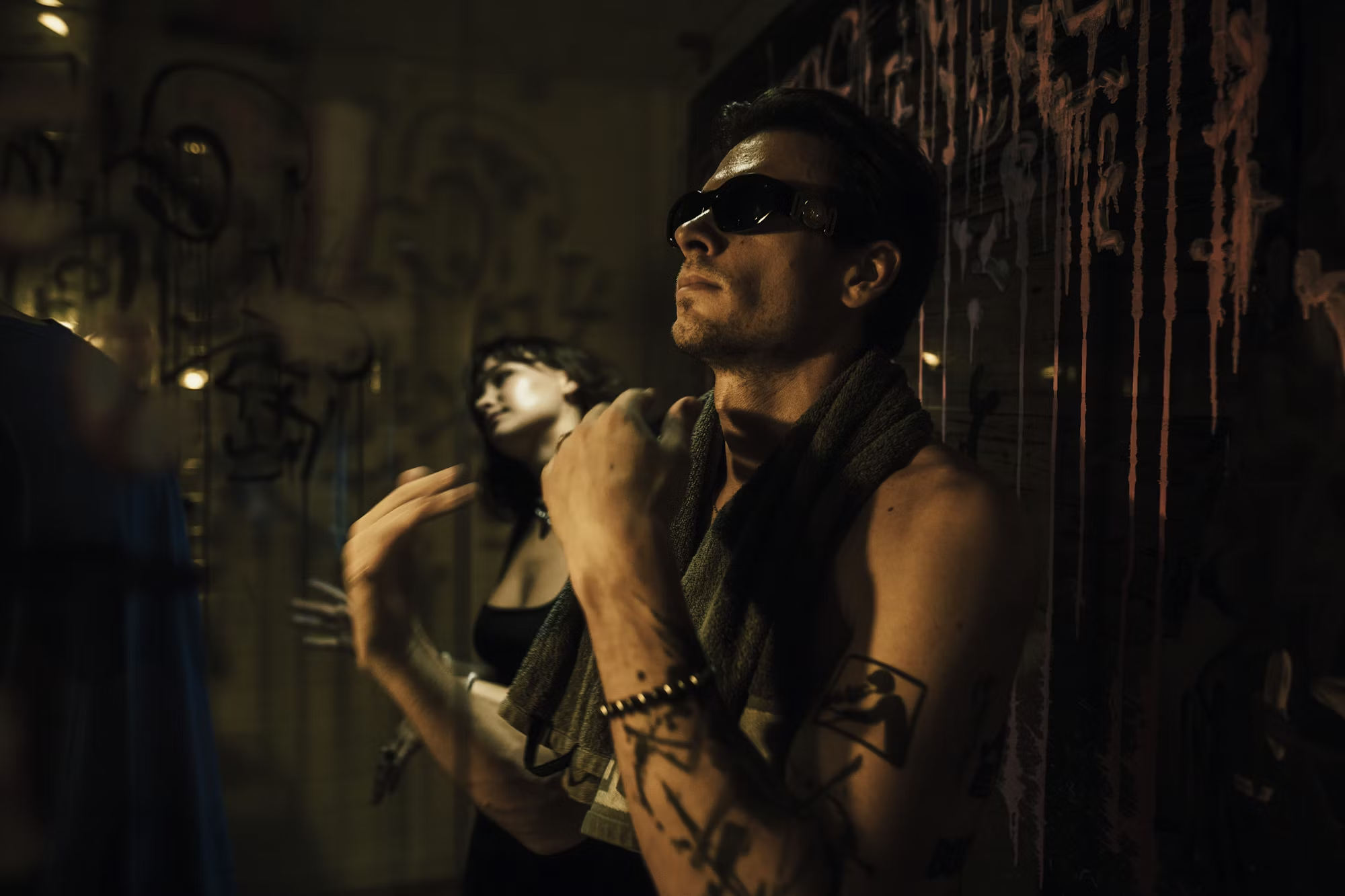The world of DJing has undergone a remarkable transformation over the past few decades, driven by technological advancements that have reshaped how music is created, mixed, and experienced. From the early days of spinning vinyl records to the cutting-edge tools used in today’s performances, the evolution of DJ technology has not only enhanced the artistry of DJing but also expanded its reach and accessibility. This article delves into this evolution, examining the key technological milestones and their impact on the DJing landscape.
The story of DJ technology begins in the late 19th and early 20th centuries when the first phonograph records were introduced. However, it wasn’t until the 1970s that DJing as we know it began to take shape. Early pioneers like Kool Herc and Grandmaster Flash experimented with turntables and mixers, laying the groundwork for the hip-hop and dance music scenes. Vinyl records became the primary medium for DJs, offering a tactile experience that allowed for creative manipulation of sound. Techniques like scratching and beatmatching emerged, showcasing the DJ’s role as an artist and performer.
As the popularity of dance music grew, so did the demand for better equipment. The introduction of direct-drive turntables in the 1980s revolutionized DJing. These turntables allowed for quicker start-up times and greater precision, enabling DJs to mix tracks seamlessly. Alongside this, mixers evolved to include features such as EQ controls, faders, and effects, enhancing the creative possibilities for DJs. This era marked the beginning of a new chapter in DJ culture, as DJs began to gain recognition not just as selectors of music but as innovators and creators in their own right.
The 1990s saw the rise of digital technology, which brought about significant changes to the DJing landscape. The introduction of CDJs, digital turntables that played CDs, offered a new level of convenience and portability. DJs could now carry an entire library of music on a single disc, eliminating the physical limitations of vinyl. This shift also paved the way for the integration of laptops and software into DJing. Programs like Traktor and Serato allowed DJs to control digital music files using traditional turntables, combining the best of both worlds. The ability to loop, cue, and manipulate tracks with precision opened up a new realm of possibilities for creative expression.
As technology continued to advance, so did the tools available to DJs. The rise of controllerism in the 2000s brought MIDI controllers into the spotlight, allowing DJs to manipulate software directly with physical knobs and faders. This era emphasized performance, as DJs began incorporating live remixing and improvisation into their sets. The accessibility of DJ equipment also expanded, making it easier for aspiring DJs to enter the scene. Affordable controllers and software packages democratized DJing, empowering a new generation of artists to explore their creativity.
The emergence of streaming services has also had a profound impact on DJ culture. Platforms like SoundCloud and Spotify provide DJs with access to vast libraries of music, enabling them to discover and incorporate tracks from diverse genres and artists. This shift has not only influenced the music selection in DJ sets but has also fostered a culture of collaboration and remixing, where artists can easily share their work with the world. The ability to connect with fans through social media has further enhanced this dynamic, allowing DJs to build their brands and engage with their audiences directly.
In recent years, virtual reality (VR) has begun to make waves in the music industry, offering an exciting new frontier for DJ performances. VR technology allows for immersive experiences where fans can attend virtual concerts and interact with their favorite DJs in real-time. This innovation represents a significant shift in how music is consumed and experienced, breaking down geographical barriers and allowing for a more inclusive approach to live performances. As VR technology continues to evolve, it is likely that we will see more DJs exploring this medium, creating unique and engaging experiences for their audiences.
Looking to the future, the potential for further technological advancements in DJing is immense. Artificial intelligence (AI) is poised to play a transformative role in music production and performance. AI algorithms can analyze vast amounts of music data, offering insights into trends and helping DJs discover new sounds. Moreover, AI can assist in generating new music or remixing existing tracks, providing DJs with endless creative possibilities. As AI technology matures, it is likely to become an integral part of the DJ toolkit, allowing for even greater artistic expression.
The evolution of DJ technology has not only impacted the technical aspects of the craft but has also influenced the cultural landscape of music. The accessibility of DJing has empowered diverse voices, leading to a more inclusive and vibrant community. Women and marginalized groups are increasingly taking center stage, contributing to a richer tapestry of sounds and styles. As the barriers to entry continue to lower, we can expect to see an even broader range of perspectives shaping the future of electronic music.
In conclusion, the evolution of DJ technology has profoundly transformed the music industry, enhancing the artistry of DJing and expanding its reach. From the days of vinyl records to the integration of virtual reality and AI, technological advancements have opened up new avenues for creativity and expression. As we look ahead, it is clear that the future of DJing will continue to be shaped by innovation, diversity, and a shared passion for music. The journey of DJ technology is a testament to the enduring power of music to bring people together, inspire creativity, and create unforgettable experiences.
